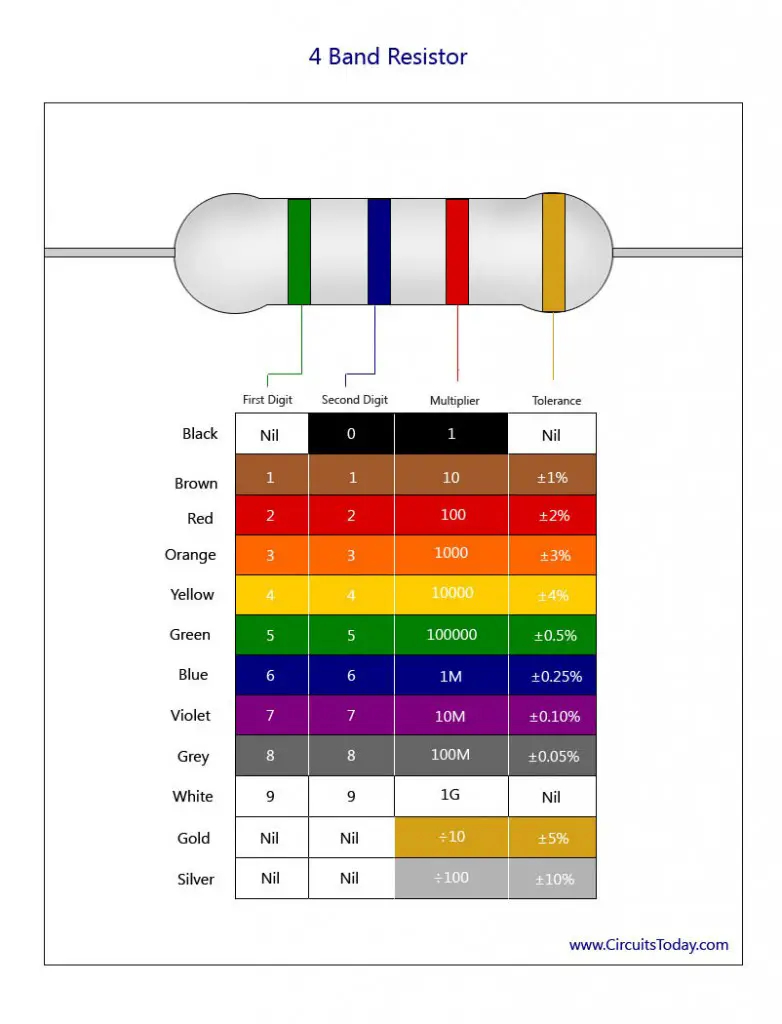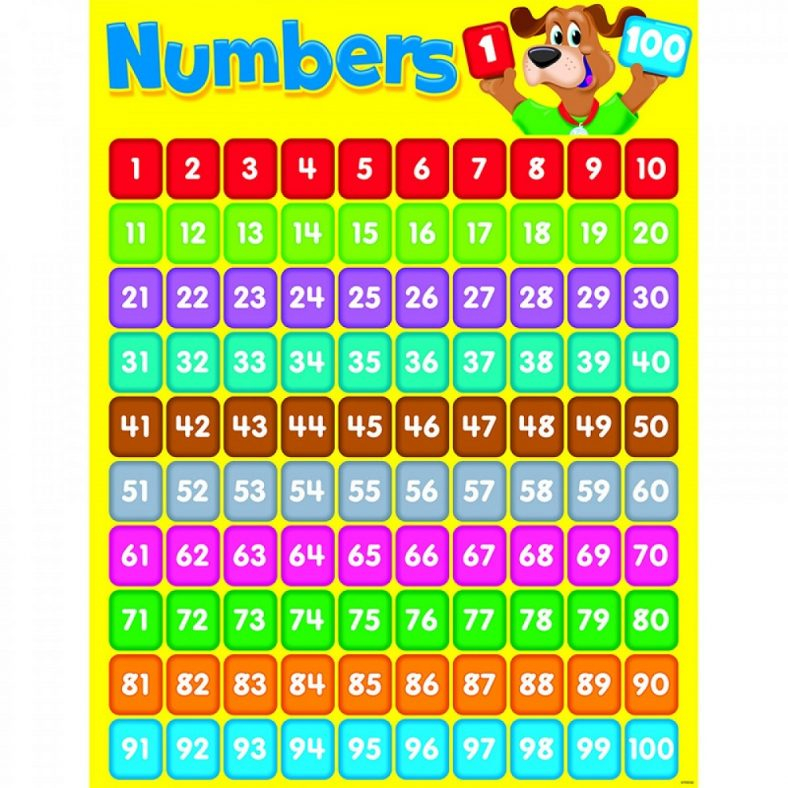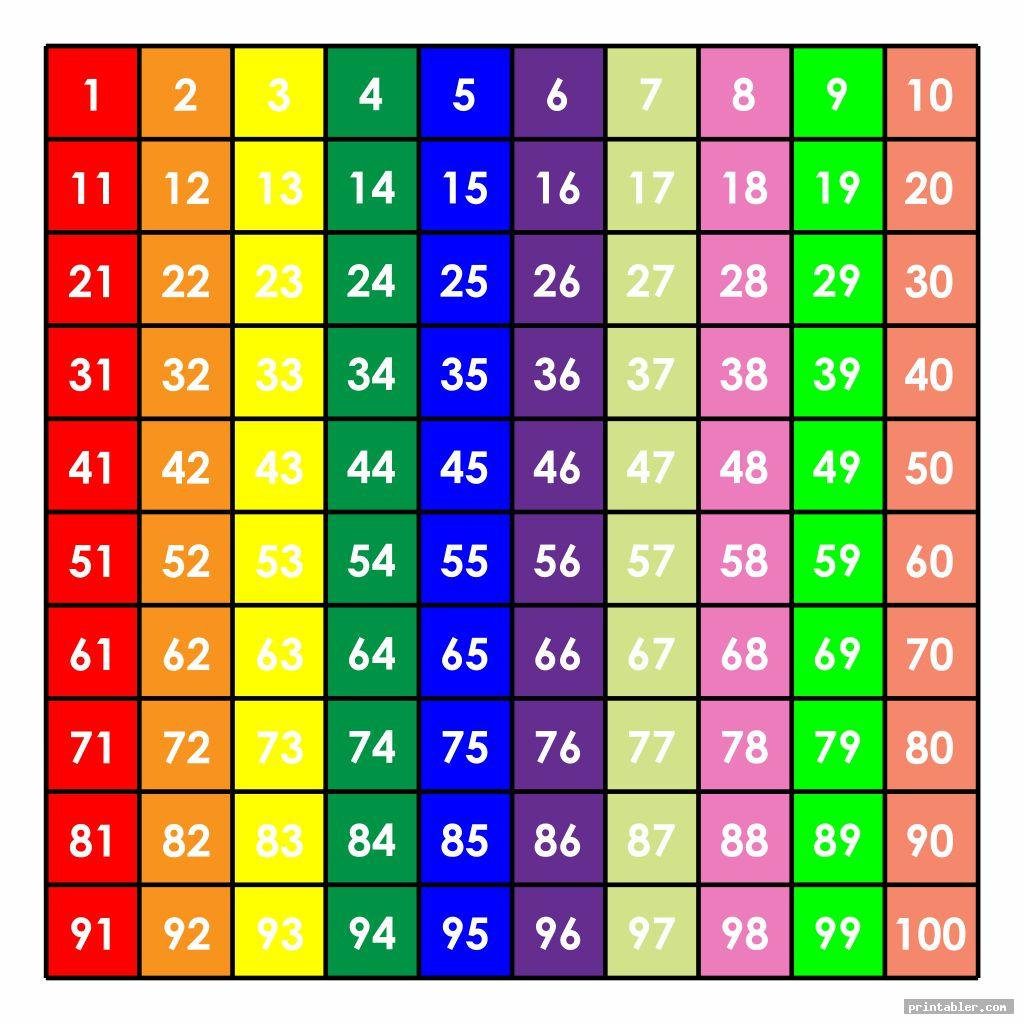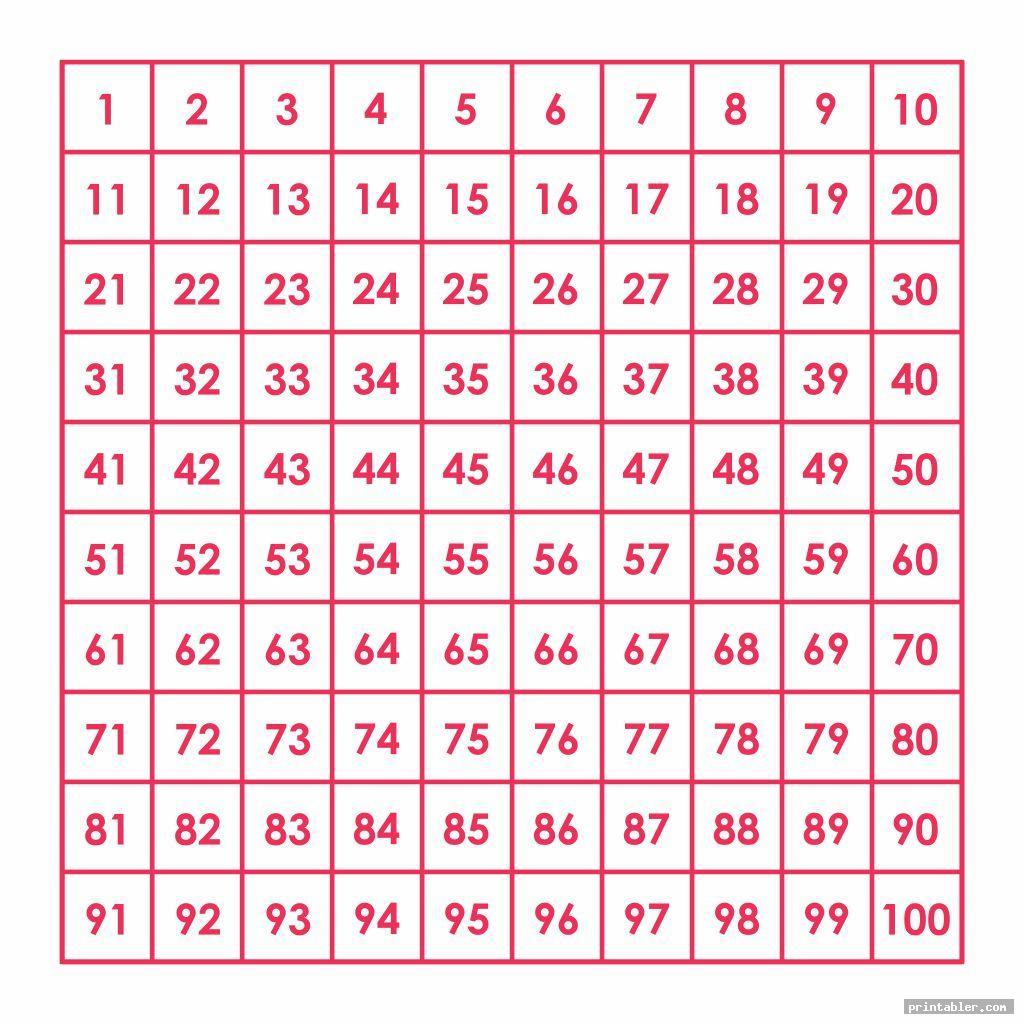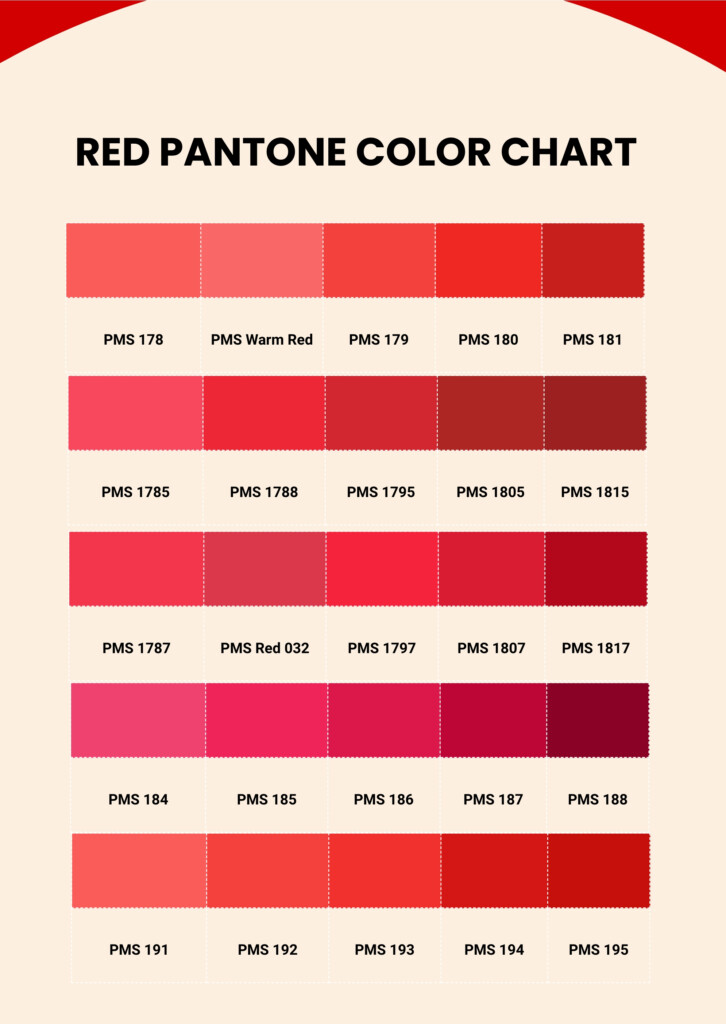Color plays a crucial role in various aspects of our lives, including learning and education. When it comes to teaching young children, incorporating colors into educational materials can enhance their understanding and retention of information. One popular tool used in classrooms is the 1-100 chart, which helps students grasp number patterns and relationships. By adding vibrant colors to the chart, educators can make learning more engaging and enjoyable for students of all ages.
Research has shown that color can have a significant impact on memory and learning. When information is presented in color, it is more likely to be remembered and understood. This is why many educational resources, such as 1-100 charts, are designed with colorful elements. By using different hues to differentiate numbers or highlight specific patterns, students can easily identify and internalize key concepts.
1-100 Chart Color
Choosing the Right Colors for Your 1-100 Chart
When creating a 1-100 chart, it’s essential to choose colors that are visually appealing and easy to distinguish. Consider using a color palette that is both vibrant and harmonious, ensuring that each hue stands out while complementing the others. Bright primary colors like red, blue, and yellow are great choices for highlighting important information, while softer pastel tones can be used to create a more soothing visual experience.
Another important factor to consider when selecting colors for your 1-100 chart is accessibility. Ensure that the colors you choose are easily distinguishable for individuals with color vision deficiencies. Using high-contrast color combinations and providing alternative text labels can help make your chart more inclusive and accessible to all learners.
Enhancing Learning with Colorful 1-100 Charts
By incorporating color into your 1-100 chart, you can create a visually stimulating learning tool that captures students’ attention and promotes active engagement. Colorful charts can help students quickly identify number patterns, practice counting skills, and develop a deeper understanding of mathematical concepts. Additionally, the use of colors can make learning more enjoyable and memorable, leading to improved academic performance and retention of information.
Whether you’re a teacher looking to enhance your classroom materials or a parent seeking creative ways to support your child’s learning at home, incorporating color into your 1-100 chart can make a significant difference. By leveraging the power of color, you can create a dynamic and effective educational resource that inspires curiosity and fosters a love of learning in students of all ages.
With these tips in mind, you can create a vibrant and engaging 1-100 chart that captivates students’ attention and enhances their learning experience. By selecting the right colors, promoting accessibility, and leveraging the benefits of color psychology, you can create an educational tool that is not only visually appealing but also highly effective in supporting student learning and retention.
Download 1-100 Chart Color
Printable Number Chart 1 100 Activity Shelter
1 100 Chart Printable Gridgit
Hundreds Chart Color By Number
Red Pantone Color Chart In Illustrator PDF Download Template
